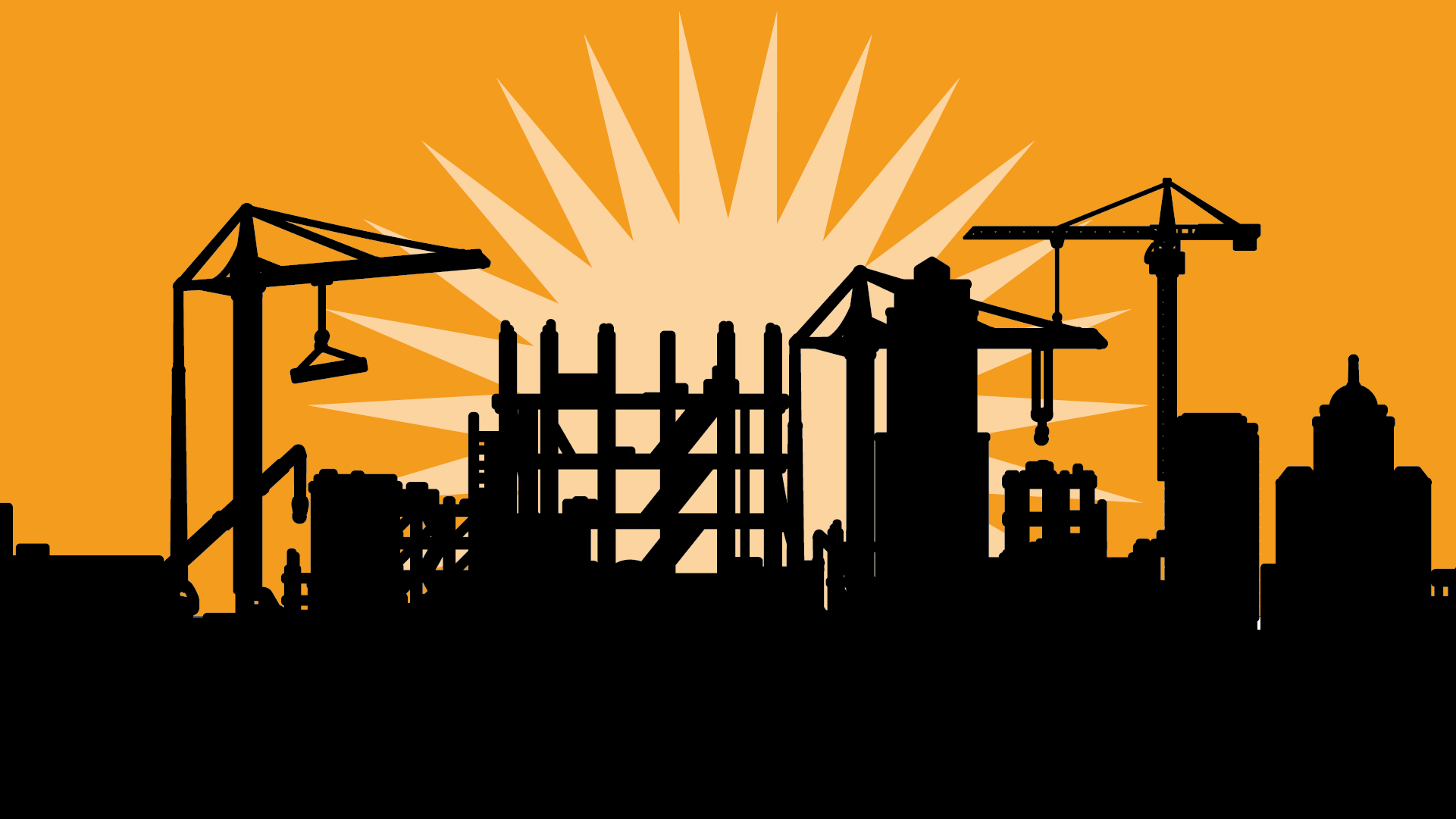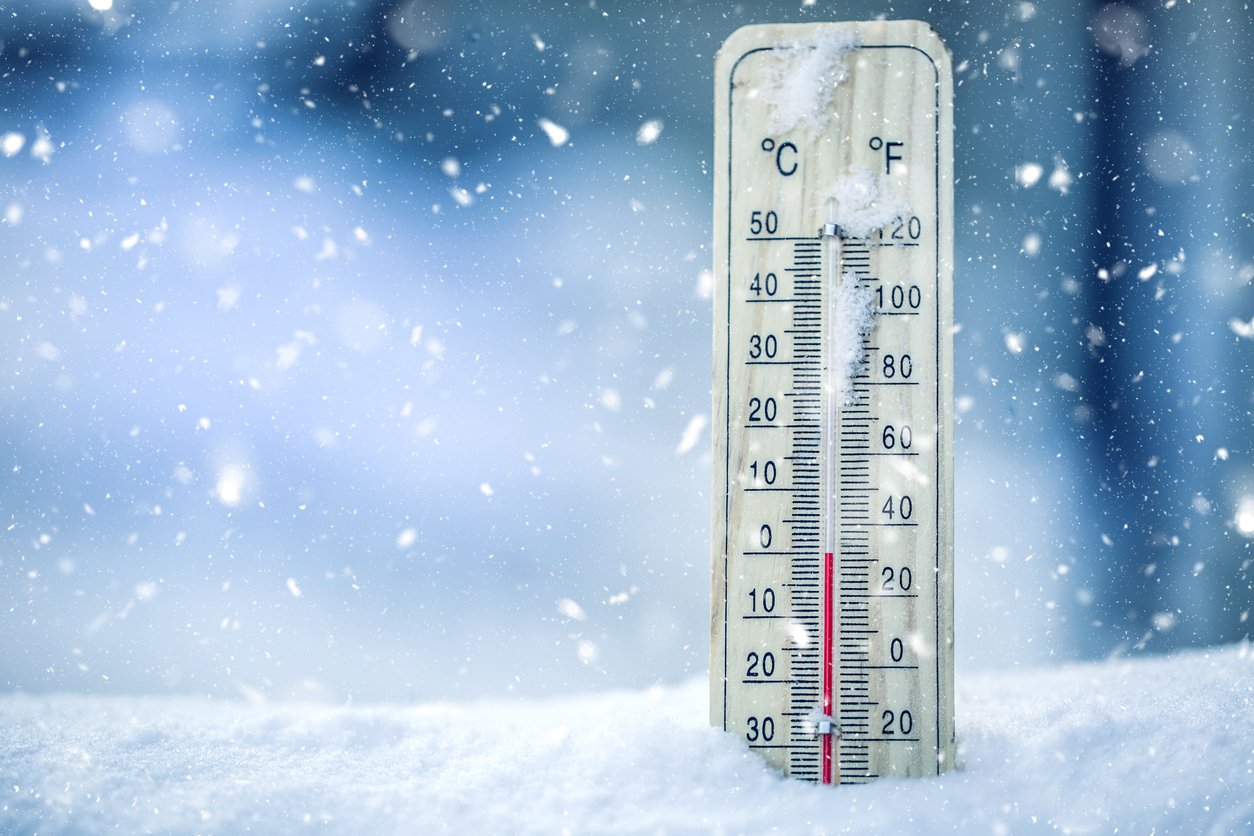
Toolbox Talks
Toolbox Talks safety briefings are an easy and efficient way to keep construction employees safe.
New Toolbox Talks Portal
🛠️
New Toolbox Talks Portal 🛠️
We’ve launched a NEW Toolbox Talks portal where you can access over 125 safety briefings that have been updated since 2023!
As development continues on the new portal, we will continue to host the older versions of the talks on this page as an archive.
What are Toolbox Talks?
These brief meetings offer an opportunity for team members to learn about potential hazards and preventive measures, as well as a chance for the employer to review safety regulations. They are a great way to ensure that everyone is aware of the safety protocols that must be adhered to in order to prevent accidents and injuries on the job site.
Each toolbox talk has been reviewed and approved by a subject matter expert at L&I DOSH.
Search Toolbox Talks
Type a search term in the search box below to view English toolbox talks that match your search query. Or, use the category dropdown to view related talks.
Funding and support for the Toolbox Talks project and mobile apps has been provided by the State of Washington, Department of Labor & Industries, Safety & Health Investment Project.
Concrete & Masonry Safety
Date Posted: 05/11/2024
Concrete is a common building material used regularly in the construction industry. Concrete is generally made by combining cement, sand, aggregate (small stones), and water.
Hearing Protection
Date Posted: 05/11/2024
According to the National Institute for Occupational Safety & Health (NIOSH), approximately 22 million workers yearly are exposed to hazardous work-related noise. As a result, occupational hearing loss is one of the most common work-related illnesses in the U.S.
Welding
Date Posted: 05/11/2024
According to the National Fire Protection Agency (NFPA), there are, on average, 4,630 structure fires involving hot work per year. Any time equipment that produces a spark or open flame or a process that generates excessive heat, there is a risk of fire or explosion.
Cold Related Hazards & Controls
Date Posted: 03/11/2024
According to the National Institute of Occupational Safety and Health (NIOSH), workers exposed to extreme cold or working in cold environments may be at risk of cold stress.
Heat-Related Hazards & Controls
Date Posted: 02/17/2024
Workers exposed to extreme heat or working in hot environments may be at risk of heat stress. Exposure to extreme heat can result in occupational illnesses and injuries. For example, heat stress can result in heat-related illnesses such as heat stroke, heat exhaustion, heat cramps, or heat rashes
Asbestos in Construction
Date Posted: 10/24/2023
Around 5,000 people from all industries die from asbestos-related diseases every year. According to the Washington State Department of Health, asbestos is a mineral fiber found in rocks and soil. It was once widely used in building materials and products to strengthen them and provide heat insulation and fire resistance. It is still used in some products today.
Respiratory Protection
Date Posted: 04/24/2023
It is estimated that more than 5 million workers use respiratory protection regularly as part of their work. Respirators protect the user from various airborne contaminants, including harmful dust, fog, smoke, mists, gases, vapors, and sprays. Air-supplied respirators protect workers from oxygen-deficient environments also.
Head Protection
Date Posted: 04/24/2023
Hard hats in construction are commonly used to protect workers from a head injury caused by falling objects, striking one’s head against an object, or electrical hazards, including shock and electrocution. The hard hat is a piece of personal protective equipment (PPE) designed to protect a worker when all other protection methods cannot.
Hand Protection
Date Posted: 04/24/2023
Protecting your hands is vital for your work and quality of life. Work-related hand injuries are one of the leading reasons workers end up in the emergency room and miss work. According to the Centers for Disease Control (CDC), over 1 million workers are treated in the emergency room due to hand injuries.
Foot Protection
Date Posted: 04/24/2023
Protective footwear worn on construction sites is designed to protect your feet from physical hazards such as falling objects, punctures through the soles of the footwear, extremely hot or cold temperatures, slippery surfaces, corrosive chemicals, and general foot fatigue.
Eye & Face Protection
Date Posted: 04/24/2023
Your eyes are vital for experiencing the fullness of life. Losing the capability to see is not worth the risk of taking shortcuts in your work for any reason. According to OSHA, thousands of people are blinded each year from work-related eye injuries that could have been prevented with the proper selection and use of eye and face protection.
Hearing Loss Prevention (Noise)
Date Posted: 02/05/2023
The National Institute for Occupational Safety and Health (NIOSH) states over half of all construction workers have been exposed to hazardous noise (2018). Another study from 2014 found 52% of noise-exposed construction workers reported they do not wear appropriate hearing protection. Chances are you or someone you know in the construction industry has experienced difficulty hearing or a form of hearing impairment.
Abrasive Tools
Date Posted: 09/25/2016
Portable grinders are one of the most potentially dangerous tools on any work site. The majority of injuries associated with portable grinder use are foreign bodies to the eyes and lacerations to the hands and body. These injuries typically result from the improper selection of tools, improper use or operation of tools, failure to utilize the correct personal protective equipment, improper abrasive/grinding wheel selection, improperly inspected and maintained equipment or using equipment without proper guarding.
Chainsaws for Construction
Date Posted: 09/22/2016
Chainsaws used for construction use must be equipped with all guards and safety devices in good working condition, including throttle interlock and chain brake. Prior to using an electric or gasoline-powered chainsaw, personnel must be qualified to operate the saw and follow the manufacturer’s recommended safe operating procedures
Circular Saws
Date Posted: 09/22/2016
Hospital emergency room visits account for approximately 10,600 visits annually due to improper usage of circular saws.
Cold Weather Clothing
Date Posted: 09/22/2016
Construction workers can be exposed to extreme weather during the winter months. Cold weather can negatively affect a person’s senses; seeing, smelling, feeling. Productivity is difficult when a worker is cold. Therefore, it is important to choose clothing appropriate for the cold weather conditions.
Common Safety Mistakes
Date Posted: 09/21/2016
Some of the most dangerous situations arise out of common mistakes that can be easily avoided. This Toolbox Talk will focus on some of the more common (and commonly overlooked) safety issues that should be prevented to help improve safety performance.
Concrete Placement
Date Posted: 09/21/2016
Concrete is used on most construction sites. There are hazards resulting from the act of forming, placing and finishing concrete.
Cutting and Welding
Date Posted: 09/19/2016
Welding and cutting pose several hazards on the jobsite. Following proper guidelines and wearing appropriate attire, you can eliminate the possibility of an accident.
Download the FREE
Toolbox Talks App!
Discover, discuss, and document over 150 Toolbox Talks! The Toolbox Talks app makes it simple to find safety talks for both construction and marine industries in English, Spanish, and Russian. Find a talk to review, then document your safety briefing with a signature capture form that generates a PDF of the meeting details that you can email or save to your device.
Funding and support for the Toolbox Talks project and mobile apps has been provided by the State of Washington, Department of Labor & Industries, Safety & Health Investment Project.


























